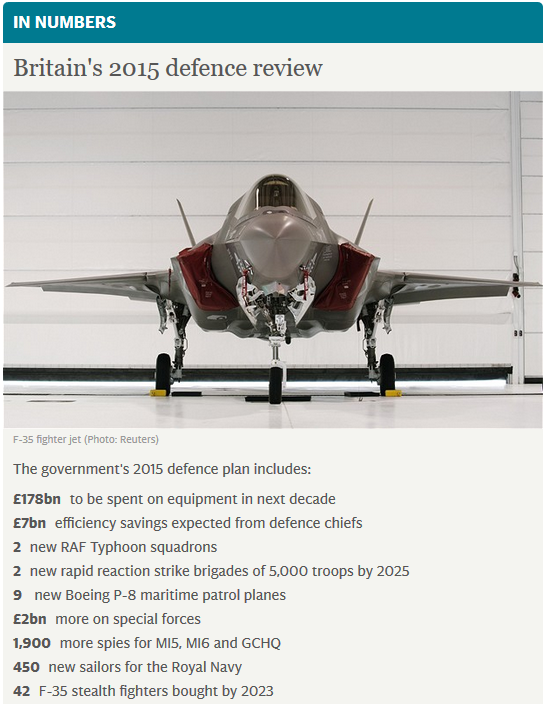Tom Kratman looks at what is known about the Turkish military’s attack on a Russian aircraft earlier this week:
Firstly, my condolences on the recent murder of your two pilots. While one might argue that shooting descending parachutists (as opposed to paratroopers) would be permissible in some circumstances, as when there is no reasonable possibility of capture, in this case there was such a possibility. Obviously, you’ll want revenge. I – and I think most Americans, at least such as are not in favor of a large and viciously fundamentalist Islamic state in the Middle East – understand and, generally speaking, approve of things like that, where called for. The situation, however, is more complex than that. Because of that complexity, I strongly encourage you to dispense with emotion, to the utmost of your ability, and reason carefully before acting.
I can’t offer condolences on the initial shoot down of your Sukhoi-24, because I really don’t know what happened. If it drifted into Turkish airspace, and the Turks shot it down, even if they pursued it out of Turkish airspace…well, you’re in an unenviable moral position to complain about any of that, given the conduct your predecessor in interest, the USSR, with regard to KAL 007. If, however, it never violated Turkish airspace, and the Turks crossed over to attack it, you may well have a casus belli against Turkey.
If the Turks are offering war I strongly advise you to decline the invitation. They are very nearly a peer competitor, having similarly sized armed forces, quite possibly better trained, an economy almost as strong as your own, and likely rather stronger when you count out export of raw materials. They’re not as technologically sophisticated as you are, but they have friends who are more so. And you just wouldn’t believe the long-standing love affair between the US Army and the Turkish Army, based on their performance in Korea in the early fifties.
*****
A little aside is in order at this point. I’m not really so concerned about the incident that just took place, with one of your planes shot down by the Turks, and the ejected pilots murdered on the way down. What’s really bugging me is the almost instantaneous assumption of people over here that this was the first set of shots in World War V, World War III having been the Cold War, and World War IV the on-again, off-again, fiasco with the Islamics. On its own, this should not be capable of doing that. Add in paranoia, self-fulfilling prophecy, idiotic foreign policy on many fronts, from many fonts, a fairly inscrutable Turkey…I’m a little concerned that things might spiral out of control.
*****
Earlier in this missive I said I don’t know what happened. Nonetheless, here’s what I think happened. I think that Sukhoi was on a strike mission against the Turkmen Brigades in Syria. I think you’ve been occasionally bombing the crap out of the Turkmen Brigades in Syria for a while now. That would tend to explain the vindictiveness of the folks on the ground who shot at your descending pilots. I think because of that bombing, the Turks, or at least one of the Turks, north of the border decided to help his or their close cousins in Syria. I think it made not a bit of difference whether or not you crossed the border; the Turks wanted to set an example and instill a little fear and friction on you, so would have crossed themselves even if you hadn’t. I suspect the order to do this came from the highest levels in Turkey, probably Erdogan, himself.
No, that doesn’t mean that whipping out the Polonium 210 dispensers would be a good idea.




